It happens all the time. A colleague wants your help (again), a member of your team asks for more time off, an industry contact urges you to buy their product, someone wants you to hire their relative, or a volunteer group asks you to head up a project for the fifth year in a row.
We are in constant decision-making mode from the moment when we get up until we fall asleep. And we can’t always say yes to demands for time, requests for help, or the expectations placed on us.
Here’s how to say no without feeling bad about it.
Don’t burn your bridges
Hearing an emphatic “No!” can feel like a complete rejection. It’s final, offers no hope, and does nothing to improve relationships. When a softer approach can be used, tempering your answer by including certain words helps gain acceptance.
Insert the word “yet” into your sentence to make a huge difference in how your decision is perceived. “I’m not ready to buy yet” and “I’m not available to take on any new projects quite yet” state your decision clearly yet provide an opening for the future. One day you may want that product or be able to help.
An alternative is “now.” “We can’t afford to expand right now” and “As much as I’d like to say yes, it isn’t possible to give you more time off right now” indicate your decision but are less direct than a forceful “No”!
When “no means no”
Not every situation warrants a gentle approach. Sometimes, being straightforward is what’s needed, and a firm “no” is the best response. When the safety and well-being of someone are in jeopardy, saying “no” could save that person – or yourself - from harm. When you’ve exhausted other avenues or must make a final decision, a simple “no,” said without anger, stands by itself. However, first, be sure to fully listen to the person requesting whatever it is that you must decline and avoid instantly interrupting them with your “no.”
When “No” is a complete sentence
There are times when we feel pressed to explain a decision, especially to those affected by it. Often, we can share the reasons, but sometimes that’s not a wise move. We may be privy to confidential information which influenced our conclusion and can’t divulge it at that moment. Or there are people present whom you know would not keep the information private. Do not feel you have to justify every decision you make. You don’t.
When you’re too busy to take on anything else
An old adage says, “If you want something done, ask a busy person.” It’s true - an engaged person is often well organized, deadline-oriented, and produces results. Volunteer groups benefit when someone with these skills signs up to help. When we volunteer, it’s always fulfilling, but over time, sticking with the same project when others aren’t also stepping up can signal it’s time to move on. If your circumstances change and you feel you are no longer a good fit, become burnt out, or want to explore a different way of giving back, here’s a way to say so. Thank the committee and say you’ve appreciated the opportunity to help, but it’s time for someone else to have the honour of serving in this role. It’s gracious, transparent, and a good way of saying no to free yourself to move on to other opportunities.
Some extra pointers
It’s not always easy to say no, especially if you wish things were different and you could make someone’s day with a positive answer. Above all. avoid saying yes if declining makes you feel guilty – that’s a signal there’s more at play, and it’s worth stepping back and truly evaluating the situation. Always be polite when delivering a negative decision and be sure the other party knows you’ve listened and valued their request. It doesn’t cost anything to be kind, nor does it take more time. It does, however, make your conclusion more palatable and builds goodwill.
The art of leadership is saying no, not saying yes. It’s very easy to say yes. ~ Tony Blair




